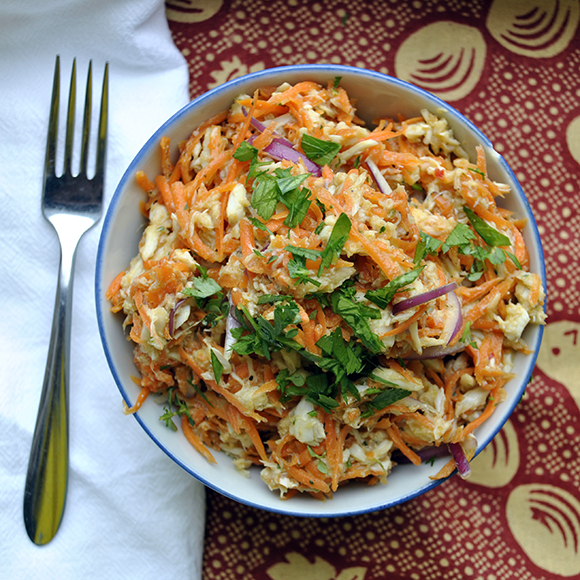
Haiti is a country of courageous people. During the period of America’s colonial past, it was the only country to have a successful slave rebellion, and they continue to pay for their fighting spirit into our modern time. Besides an eventful past, Haiti also boasts a rich cuisine. Its dishes are influenced by Taino (Native American), Spanish, French and African cultures. When Haitian-American culinary curator Nadege Fleurimond decided to write a book about her motherland, she knew the research started with a journey to each of the Haiti’s ten regions. Although she already knew the recipes, she wanted to learn the soul of Haitian cuisine.
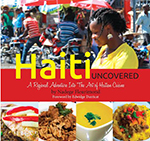 The resulting book, Haiti Uncovered, is authentic and diverse. Its recipes are made without MSG, bouillon cubes, or other artificial flavor enhancers. I’ve started to include the Haitian spice marinade, epis, in my kitchen. It’s a seasoning blend made from a trio of colorful bell peppers that’s similar to French mirepoix and Spanish sofrito. When making Fleurimond’s Carrot and Seafood Salad, I only used crabmeat and tossed it with epis, salt and pepper. The carrots are gently steamed to enhance their natural sweetness. When the epis-spiced crabmeat and grated carrots are tossed with a passion fruit vinaigrette, you get a refreshing salad for a hot summer day. Try stuffing it into avocado halves, using it as a garnish over a puree soup, or whipping it into eggs. It complements barbecue and smoked meat menus for celebrating an American Independence Day weekend. The book also includes seasonal recipes for appetizers, dumplings, side dishes, desserts, meat, soups and drinks to complement all of America’s holidays.
The resulting book, Haiti Uncovered, is authentic and diverse. Its recipes are made without MSG, bouillon cubes, or other artificial flavor enhancers. I’ve started to include the Haitian spice marinade, epis, in my kitchen. It’s a seasoning blend made from a trio of colorful bell peppers that’s similar to French mirepoix and Spanish sofrito. When making Fleurimond’s Carrot and Seafood Salad, I only used crabmeat and tossed it with epis, salt and pepper. The carrots are gently steamed to enhance their natural sweetness. When the epis-spiced crabmeat and grated carrots are tossed with a passion fruit vinaigrette, you get a refreshing salad for a hot summer day. Try stuffing it into avocado halves, using it as a garnish over a puree soup, or whipping it into eggs. It complements barbecue and smoked meat menus for celebrating an American Independence Day weekend. The book also includes seasonal recipes for appetizers, dumplings, side dishes, desserts, meat, soups and drinks to complement all of America’s holidays.
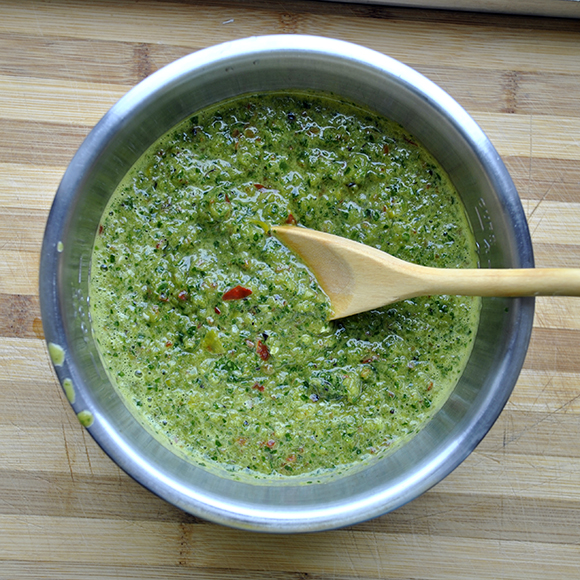
Along with a map of Haiti and a foreword written by Edwidge Danticat, the beginning of Haiti Uncovered describes each cultural influence. Before you proceed to the recipe sections, you’ll find a list of each traditional ingredient along with its Haitian translation. The recipes are revised to work in the average American kitchen, using ingredients easily found in most U.S. grocery stores.
I spoke with Nadege Fleurimond about the process of writing Haiti Uncovered. The book intertwines storytelling, historical facts and recipes to truly capture the spirit of Haitian cuisine. Only a daughter of Haiti could have written it.
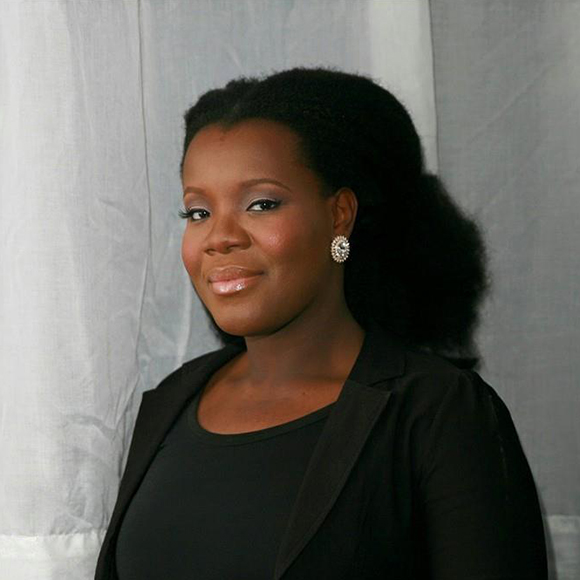
How did you make a transition from earning a Political Science degree from Columbia to becoming a ‘Culinary Curator’?
I don’t think it was ever a transition. I have always been one of those individuals who enjoys learning, growing and living. Political science was an interest during my early days, and remains so today. However, food was and remains my passion. Being from a Haitian/Caribbean household, I never saw food and events as a way of making a living, because our parents strived and worked hard to keep us away from the kitchen (cooking careers). We were reared to be doctors, lawyers and engineers.
Thus, my transition was more of a mental one. It was more about accepting my love of food and being okay with not pleasing my family. It was understanding that food can indeed be utilized to keep food on my table. I could earn, share and educate through it.
From concept to publishing, how long was the process to write Haiti Uncovered? What were the obstacles? What did you discover about yourself during the process?
It was about a 16 month process. My character is impulsive, as most entrepreneurs tend to be. I think it, thus I want it done yesterday. This project was thought of in June 2013, and I wanted it done by Christmas 2013. I had to tell myself, “Hold up… this time around, this project right here… needs a tad bit more tender love and care.”
I was born in Haiti, yes, but I left at six years old. I knew nothing of the country in terms of how to navigate it. And the project required travel. I found guides who understood Haiti to assist with what I needed and wanted, who understood the intricacies of the project’s goal: a personal, historical, culinary travel journey. It was hard at first, but through dear friends and colleagues, such as Ronald Aubourg and Veronique Dolce, the right people were found.
My friends always tell me I have a ‘get it done’ attitude, but this was the project that showed I honestly can and do what I say I will do. Through all financial obstacles and various hang ups, the project forged ahead and never wavered, because it was necessary.
Often global cuisines change when served in the United States. When traveling thru Haiti, did you find a difference between Haitian-American and traditional Haitian cuisine?
As a culinary professional, part of my job is to change food. I take something old, I make something new out of it. Our job as chefs and food professionals is to stretch our clients’ palates and minds in terms of food.
However, I did not want to do that with this book. I wanted Haitian-Americans being raised in the diaspora to get a real sense of Haitian food and how it is cooked in Haiti. Hence why traveling to Haiti was important. Recent Haitian immigrants come to the U.S., adapt and reframe our cuisine to fit the available ingredients, the various diet fads or trends. Haiti Uncovered is about presenting the real essence of the food, and how it’s cooked in the motherland.
From that foundation, chefs, home cooks and other culinary professionals can take what they like and restructure. It’s best to restructure from the real framework as opposed to restructuring from the diluted version.
Haiti Uncovered is a beautiful and comprehensive coffee table book. Where does a reader start and how should they use it?
Page one is a good beginning. As much as there are many things as a creative I’d love to change about the book in retrospect, from the beginning there is a historical perspective on the people and the food. As readers travel through the pages, they get specific insight into the land, the food and the people. The avid cook or culinary enthusiast can find new recipes to broaden their culinary repertoire.
Besides the shared Carrot and Seafood Salad (see recipe below) from your Haiti Uncovered cookbook, what are additional Haitian recipe to serve on U.S. Independence Day, and how do they symbolize Haitian-American contributions to America’s culture?
Try the Russian Potato Salad. It is a staple at Haitian celebrations both in Haiti and abroad. It shows the global connection we all have, especially how Russian immigrants left their mark on Haiti. This dish is an integral part of the Haitian culinary landscape. It’s more Haitian than it is Russian to most people. When meeting Americans, they often say, “Oh, you guys have this great potato salad with beets.”
The Griot, Fried Pork Cubes, which is the national dish of Haiti, is a recipe to add to a tailgating event and barbecue menu. Instead of regular beef kabobs, why not make the Fried Pork Cubes and throw them on a skewer for a nice change from the regular menu.
The Blan Manje dessert recipe is an amazingly refreshing fruit salad with sour cream and condensed milk. Sour cream is not a typical ingredient in Haitian cuisine, but it’s been adopted. The fruit salad is similar to an ambrosia salad.
Visit Parade.com’s Community Table to get the recipe for Nadege Fleurimond’s recipe for Carrot and Seafood Salad here.
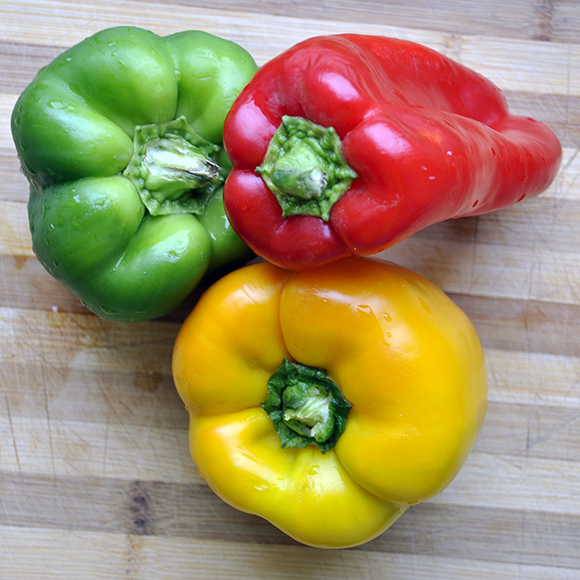
Comments are closed.